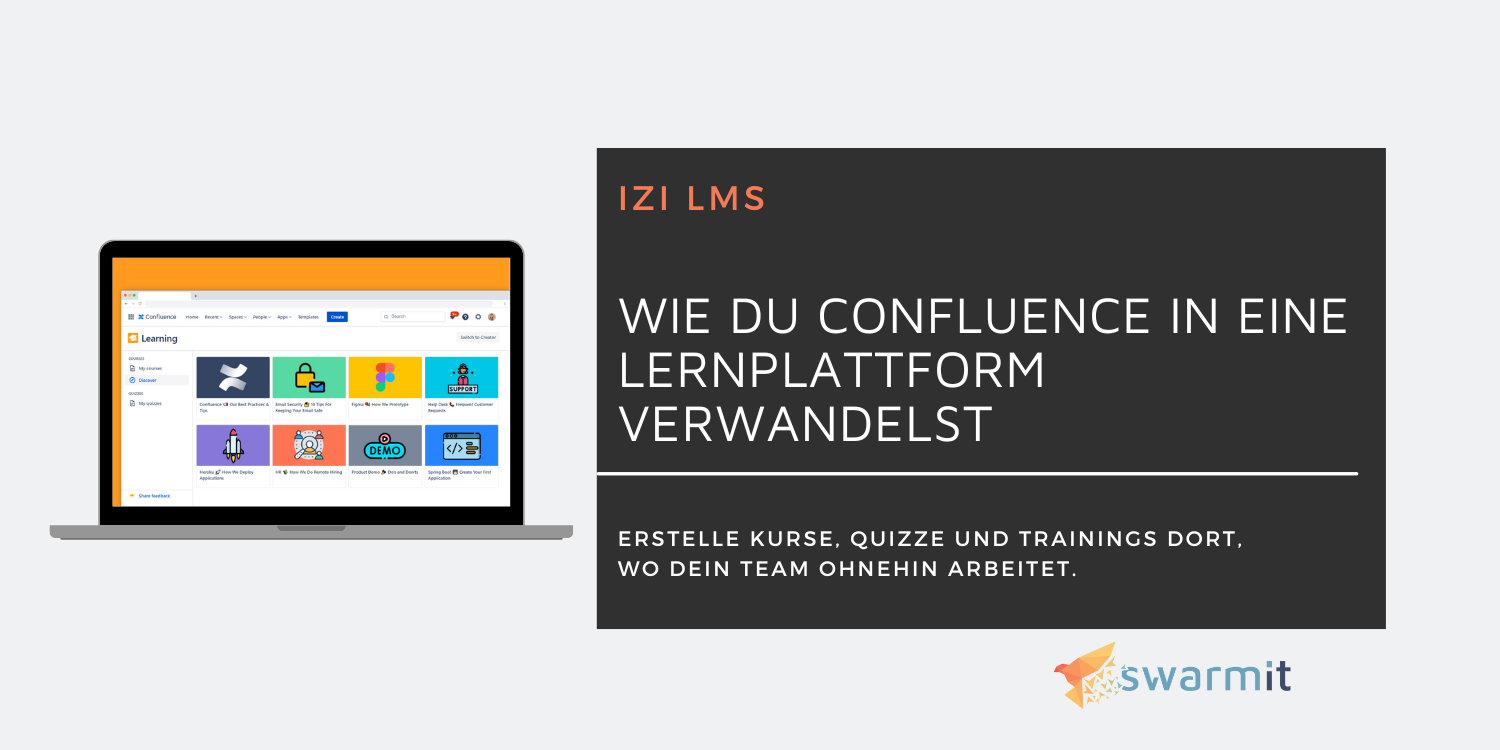Process optimization in scheduling
Scheduling goods from order through the warehouse to the customer may sound simple, but it is a complex task with many dependencies in the process. This was the case for our client, whose core activity involves scheduling disposal goods and who contacted us because they were still organized using Excel.

Eliminating Excels from the world - a project experience report
We encountered nearly 20 different Excel files in total, to be precise, one per location. Although these spreadsheets had been functioning very well for years, Excel is intended for entirely different purposes and consequently brought with it some stumbling blocks. Our client wanted to eliminate these. Thus, we were tasked with standardizing the approach for all locations and enabling collaborative and simultaneous case handling. After thorough evaluation and a project based on the "Good practice" approach, we were able to help the client digitize their processes using Jira - a powerful process tool from the manufacturer Atlassian.
From order to delivery
In simplified terms, the business process looks like this: The warehouse or trade (depending on where the order is received) creates an order, sends it to the scheduling department, which gathers all necessary information and organizes the schedule. Then, the ticket returns to the warehouse, where transportation is prepared, and the ticket can be closed once the truck has arrived and picked up the goods.
Through the corresponding ticket, employees from different departments and/or locations involved can communicate with each other. Additionally, it was important that photos of the truck, as well as customs documents and other formalities, could be uploaded for the respective case.
Employees have access to the orders they need for their respective work. Authorization control requires a somewhat more complex approach, as each location must only have access to orders involving them. Furthermore, scheduling at the headquarters, trade, and management must be able to view everything.
Getting started with the team and tool
Initially, the biggest hurdle was the acceptance of the employees, who had become accustomed to a certain way of doing things for years and were sometimes not particularly enthusiastic about this change. Such a change requires not only flexibility and tolerance but also takes time for familiarization, during which employees may not work as efficiently. This is a point that, based on experience, appears on the surface in almost all projects and must not be neglected.
Through conversations with employees, we tried to get them on board early, create acceptance, and address their requirements. Teams involved in the business process daily recognize where the problems lie and can highlight the points that are important to them. We complemented this with training. Thanks to their feedback, we were able to quickly optimize and further develop the tool so that they can work even better than before. Inclusion and listening are the key here. A wagon metaphorically only starts rolling when all teams push it.
The journey continues
The project was such a great success that the IT department also switched to Jira with its processes, as did the helpdesk. In addition, the scheduling solution is being supplemented with a process for government audits on the orders. A strategy board, with which the management can organize and evaluate the corresponding strategy goals per location, is currently being developed. Furthermore, we see the potential to build an interface to the existing ERP tool.
Jira offers all these possibilities and much more, which is why we gladly relied on it for this process optimization.
Yvonne Sutter, Swarmit AG & Eveline Scala, Infometis AG






.webp)





